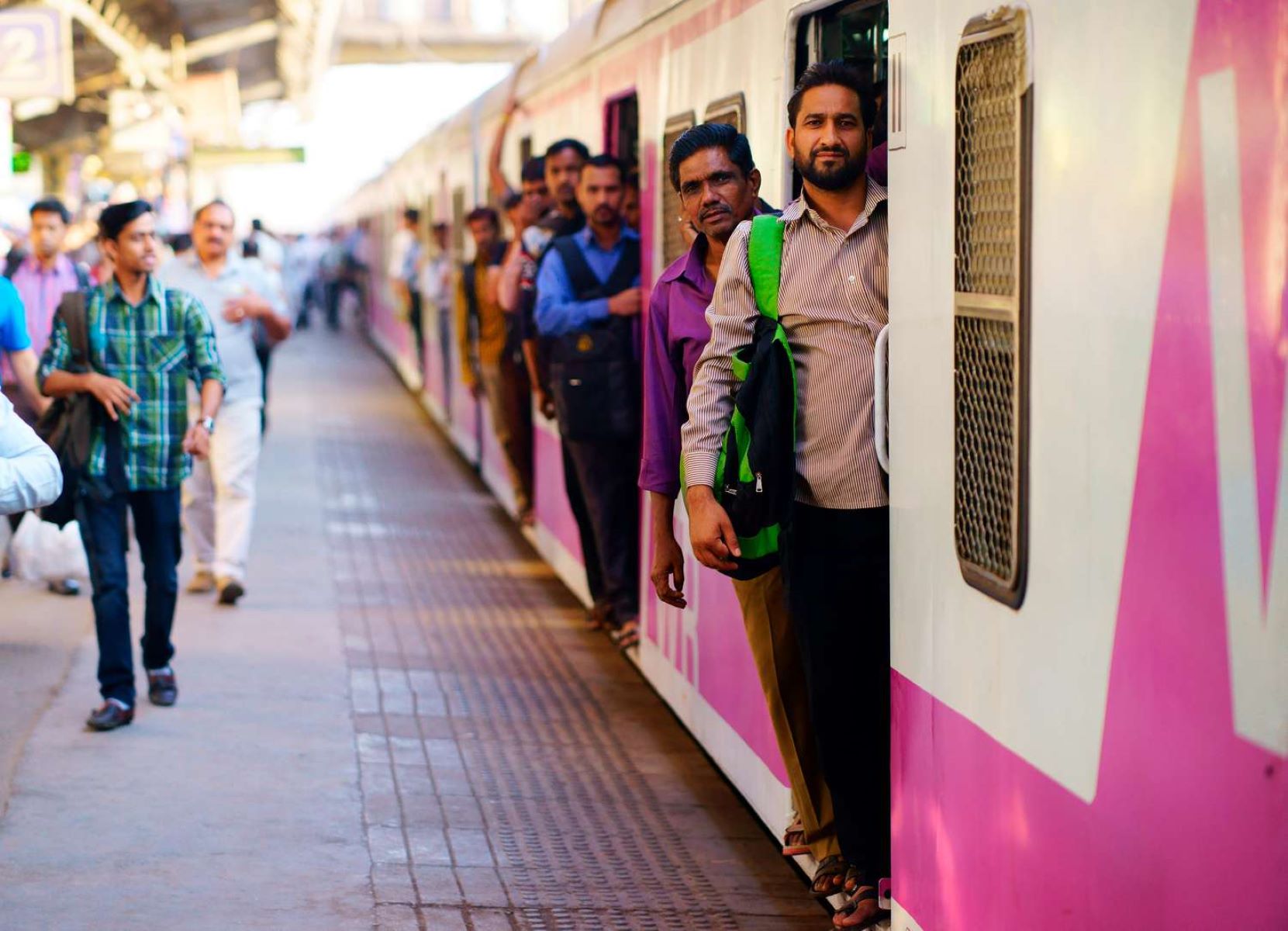Mumbai’s Local Trains: A 1-Minute Journey Through Time

Mumbai's local trains are more than just a mode of transport; they are the lifeline of the city. Every day, millions of people rely on these trains to get to work, school, or simply to explore the bustling metropolis. But what makes these trains so special? Is it the sheer number of passengers they carry, the unique culture that has developed around them, or the incredible efficiency with which they operate? In this post, we'll take a closer look at the history, the daily hustle, and the charm of Mumbai's local trains. Get ready to experience the heartbeat of Mumbai through its iconic railways.
The Lifeline of Mumbai
Mumbai's local trains are more than just a mode of transportation. They are the heartbeat of the city, connecting millions of people daily. Let's take a quick journey through some of the most iconic stations on this bustling network.
Chhatrapati Shivaji Maharaj Terminus (CSMT)
- Historical Marvel: CSMT, formerly known as Victoria Terminus, is a UNESCO World Heritage Site. Its Gothic architecture is a visual treat.
- Central Hub: This station is the central hub for both long-distance and suburban trains, making it one of the busiest in India.
- Cultural Landmark: The station has been featured in numerous Bollywood films, adding to its cultural significance.
Dadar Station
- Interchange Point: Dadar is the only station where both Western and Central lines intersect, making it a crucial interchange point.
- Market Proximity: Located near Dadar Market, it's a shopper's paradise for fresh produce and traditional items.
- Crowd Magnet: Known for its heavy footfall, navigating through Dadar during peak hours is an experience in itself.
Churchgate Station
- Gateway to South Mumbai: Churchgate serves as the entry point to South Mumbai, home to business districts and tourist spots.
- Marine Drive: Just a short walk from Marine Drive, offering stunning views of the Arabian Sea.
- Educational Hub: Close to several prestigious colleges, making it a popular stop for students.
Bandra Station
- Queen of Suburbs: Bandra is often called the "Queen of Suburbs" due to its vibrant lifestyle and upscale neighborhoods.
- Shopping and Dining: The station is near Linking Road and Hill Road, famous for shopping and dining options.
- Cultural Mix: Known for its diverse population, Bandra offers a mix of traditional and contemporary culture.
Andheri Station
- Commercial Center: Andheri is a major commercial hub, housing numerous offices and business centers.
- Metro Connectivity: The station is well-connected with the Mumbai Metro, enhancing its accessibility.
- Entertainment Zone: Close to several multiplexes and entertainment venues, making it a popular spot for leisure activities.
Borivali Station
- Gateway to National Park: Borivali is the nearest station to Sanjay Gandhi National Park, a green oasis in the city.
- Residential Area: Known for its residential complexes, it's a preferred area for families.
- Western Terminus: Acts as a terminus for many local trains on the Western line, easing the commute for many.
Thane Station
- Oldest Railway Station: Thane holds the distinction of being the first railway station in India, dating back to 1853.
- Lake City: Known as the "City of Lakes," Thane offers scenic beauty with its numerous lakes.
- Rapid Development: The area around Thane station has seen rapid development, making it a bustling commercial and residential hub.
Vashi Station
- Navi Mumbai's Heart: Vashi is a key station in Navi Mumbai, connecting it to the main city.
- IT Hub: The area around Vashi is known for its IT parks and business centers.
- Shopping Destination: Vashi is home to several malls, making it a popular shopping destination.
Kurla Station
- Central Suburb: Kurla is a central suburb, providing easy access to both Eastern and Western parts of Mumbai.
- Phoenix Marketcity: Close to one of Mumbai's largest malls, Phoenix Marketcity, offering a range of shopping and entertainment options.
- Industrial Area: Known for its industrial zones, Kurla is a significant employment hub.
The Heartbeat of Mumbai
Mumbai's local trains are more than just a mode of transport. They are the city's lifeline, connecting millions daily. Each ride offers a glimpse into the vibrant culture, resilience, and spirit of Mumbai. From the bustling platforms to the crowded compartments, every moment on these trains tells a story.
Travelers experience the city's pulse firsthand, feeling the rush, hearing the chatter, and witnessing the camaraderie among passengers. Despite the challenges, the local trains remain a symbol of Mumbai's unity and determination.
For anyone visiting, a ride on these trains is a must. It’s a chance to see the real Mumbai, beyond the tourist spots. So next time you're in the city, hop on a local train. Embrace the chaos, enjoy the journey, and let Mumbai's heartbeat guide you.

